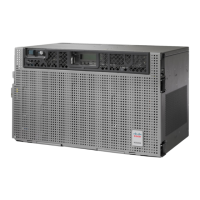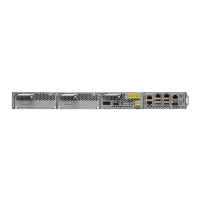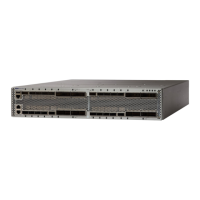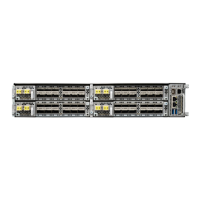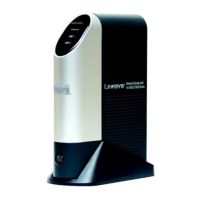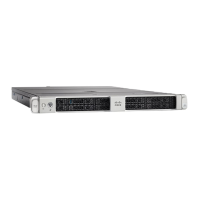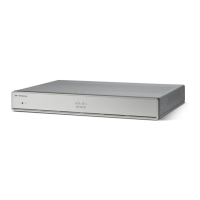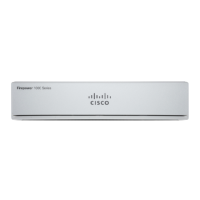the card sets the expected string to the value of the received string. If the alarm occurs on a port that has been
operating with no alarms, the circuit path has changed or someone entered a new incorrect value into the
Current Transmit String field. Complete the following procedure to clear either instance.
Clear the TIM-P Alarm
SUMMARY STEPS
1. Complete the Clear the TIM Alarm, on page 415 procedure. (The option will say Edit J1 Path Trace rather
than Edit J0 Path Trace.)
DETAILED STEPS
Complete the Clear the TIM Alarm, on page 415 procedure. (The option will say Edit J1 Path Trace rather than Edit J0
Path Trace.)
If the alarm does not get cleared, you need to report a Service-Affecting (SA) problem. Log into the Technical Support
Website at http://www.cisco.com/c/en/us/support/index.html for more information or log into http://www.cisco.com/c/
en/us/support/web/tsd-cisco-worldwide-contacts.html to obtain a directory of toll-free Technical Support numbers for
your country.
TIM-S
Default Severity: Critical (CR), Service-Affecting (SA)
Logical Object: OCN
The TIM for Section Overhead alarm occurs when there is a mismatch between the expected and received J0
section overhead strings in either Manual or Auto mode.
In manual mode at the DS3/EC1-48 card Section Trace window, the user enters the expected string into the
Current Expected String field for the receiving port. The string must match the string typed into the Transmit
String field for the sending port. If these fields do not match, the login node raises the TIM-S alarm.
In Auto mode on the receiving port, the card sets the expected string to the value of the received string. If the
alarm occurs on a port that has been operating with no alarms, the circuit path has changed or someone entered
a new incorrect value into the Current Transmit String field. Complete the following procedure to clear either
problem.
TIM-S also occurs on a port that has previously been operating without alarms if someone switches the cables
or optical fibers that connect the ports. If TIM-S is enabled on the port, the AIS-L , on page 116 alarm can be
raised downstream and the RFI-L , on page 377 alarm can be raised upstream.
AIS-L and RFI-L are disabled or enabled in the Provisioning > EC1 > Section Trace tab Disable AIS/RDI
on TIM-S? check box.
Note
Cisco NCS 2000 series Troubleshooting Guide, Release 11.0
417
Alarm Troubleshooting
Clear the TIM-P Alarm
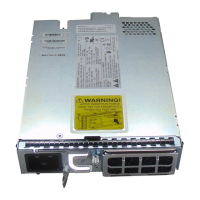
